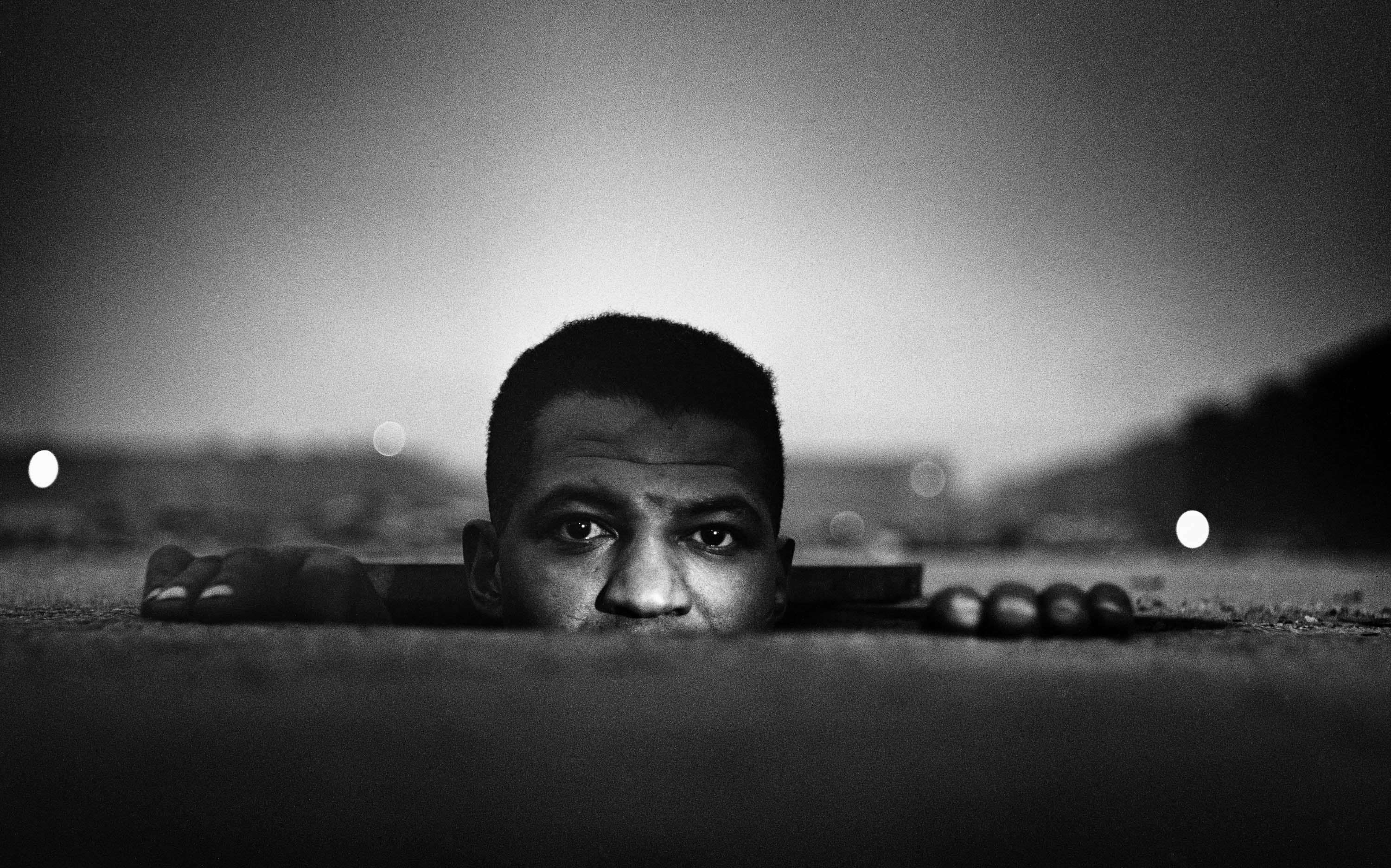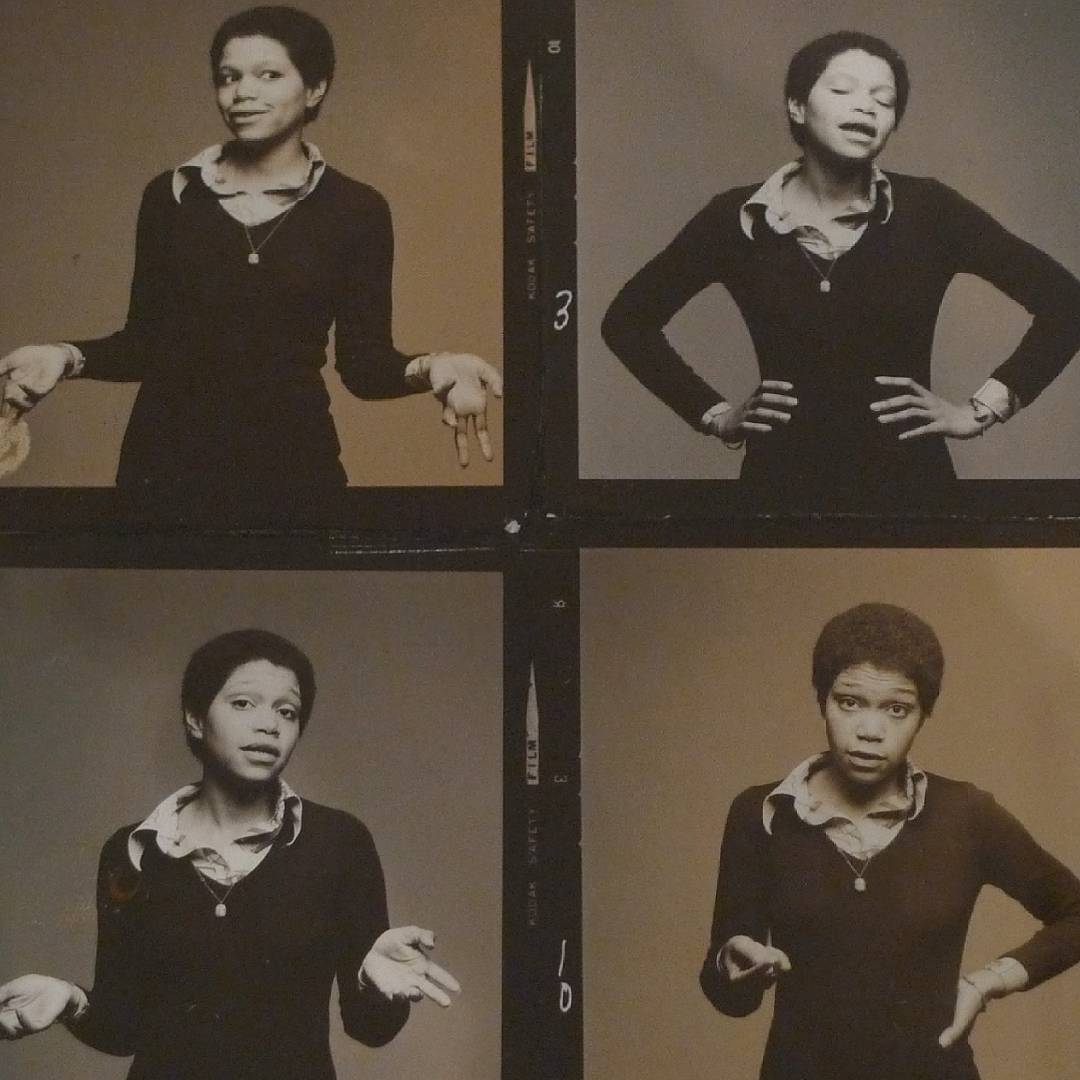
By Greg Tate
Would Black art-making be as visible today without the clamor and interdictions of Black Lives Matter? Do white institutions still matter in the exhibition of Black art-making in America? Did we need the spectacular valorization of Black lives as victims before a century’s worth of Black art-making could actually be presented as art by and about actual humans and an integral part of the human experience?
We ask these questions not merely to be provocative (though we certainly intend them as critical provocation) but also because questions of visibility and deranged indifference to Black lives and to Black folk as members of the human family are ever-present in all serious conversations about the embrace of Black subjectivity and expressivity by major non-Black-owned HWAGMs (Historically White Art Galleries and Museums)—the kind that have never led by the credo “Black First” as have many Historically Black Colleges and Universities (HBCUs).
We are also in this moment confronted by a curious, timely convergence of Black Lives Matter protesting police violence against unarmed Black civilians in a plethora of American streets and the grand visibility of highly influential Black curators at several HWAGMs of note.
Broadly speaking, the historical practice of such institutions towards Black artists and Black art-making has been one marked, nay, stained by exclusion, patronization, dismissal, and marginalization. There has persisted a notion in such places that what Black visual artists were making was inherently inferior and irrelevant to the grand master narrative of Europe and European visual Modernism.
The Black Arts Movement’s insistence that Black music-making was a Modernist project equivalent or even superior to European/Euro-American visual culture—and one hugely influential on the European Modernist project over the course of the 20th-century—didn’t require HWAGM validation to become accepted as fact. Not among the American commercial mainstream and certainly not among Black artists, activists, and intellectuals.
The embrace of Black male novelists within progressive Jewish intellectual circles, academic and creative, in the 20s, 30s, and 40s—especially Wright, Ellison, and Baldwin—set the stage for a trifecta in the 70s when the six-handed combination-punch of Black Studies, Feminist Studies, and Marxist Studies burst open the Great White Male canon in liberal arts programs nationwide with unrelenting demands for curriculum inclusion.

No such challenge or lobbying for radical change ever occurred for Black visual arts in the same halcyon breakthrough period, however.
So what’s different about now as opposed to then?
What’s dramatically altered in the four decades of Black art-production since the 70s where we’ve witnessed varying degrees of inclusion for Black visual artists in the elite and doubly discriminating world of the HWAGMs?
We can certainly say Linda Goode Bryant’s Just Above Midtown Gallery happened in a major way—setting the New York stage for the work of David Hammons and Lorna Simpson. Bryant’s JAM also inspired the stealthy and cunning 90s curatorial moves of Thelma Golden—first at the Whitney Museum where her epochal Black Male show debuted, and in the 20 years since, as director of The Studio Museum in Harlem. Golden has majorly altered the playing field and access to HWAGM for emergent Black artists.

But the “why now” question requires as much a millennial zeitgeist answer as it does one about art-world gradualism—how that zeitgeist addresses still-lingering questions of whether Black art-making produces legitimate Western art that matters and whether Black folk themselves have yet become visibly and visually human in the American social paradigm.
20/20’s collaborative production by Carnegie Museum of Art and The Studio Museum—seen in tandem with Tate Modern’s Soul of a Nation exhibition and the mammoth Basquiat retrospective at the Barbican (his first major showing in London, surprisingly enough or not)—points to a seismic shift in how much Black lives and Black art-making has come to matter to HWAGMs, not to mention the HWAGM hot pursuit of hip-hop-radiant contemporaneity and Timeless Black Cool.

Hip-hop culture has, of course, come to matter as much to our global apprehension of the now, the modern, the contemporary, as jazz once did when abstract American Modernism was young and bebop (née Black Improvisational Practice and Prowess) was all the rage at Black Mountain and the yard(Bird)stick of Modernist expressivity, spiritual depth, and intellectual rigor. (According to apocrypha attributed to that group’s poet laureate, Charles Olson, “There was no Black Mountain esthetic, there was only Charlie Parker.” This sweeping claim sublimates the subsequent productions of John Cage, Merce Cunningham, and Jasper Johns to Parker’s strafing tailwinds.)
Hip-hop, with its devotion to sampling and recontextualizing the Black cultural past as future shock, served as a harbinger and opening for the Conceptualist studies of Blackness and racism found in 90s-launched Black artists such as Lorna Simpson, Gary Simmons, Kara Walker, and Kerry James Marshall. But a fuller appreciation of the paintings produced by Palmer Hayden over his six-decade career, and how they figure into the modern conversation, has required the expansive remapping of transhistorical Black consciousness that Black Lives Matter has reintroduced into public discourse. Such a project is a millennial re-envisioning of the sort of tribal, nationalist consciousness propagated by the Black Is Beautiful moment and the Black Arts Movement of the 1960s and 70s.

We have once again arrived at an intracultural crossroads and ground zero where rich, complex visual conceptions of Black subjectivity seem to have stimulated a curatorial desire to see them mixed, remixed, and mashed up in shared space—to impose upon them an urge to rise, converge, and entangle with one another in ways that command and demand the wider art-world pay heed to these Black-made artworks’ existential, environmental, and emotionally affective continuities.
I doubt not God is good, well-meaning, kind,
And did He stoop to quibble could tell why
The little buried mole continues blind,
Why flesh that mirrors Him must some day die,
Make plain the reason tortured Tantalus
Is baited by the fickle fruit, declare
If merely brute caprice dooms Sisyphus
To struggle up a never-ending stair.
Inscrutable His ways are, and immune
To catechism by a mind too strewn
With petty cares to slightly understand
What awful brain compels His awful hand.
Yet do I marvel at this curious thing:
To make a poet black, and bid him sing! (emphasis added)
In 1925, the Harlem Renaissance poet Countee Cullen decided to confidently trouble the waters of Creation and white supremacy with the mock-humility of these lines that frame his race, his vocation, and his artful excellence in equally ironic, mythic, and anti-racist terms. Echoing Cullen’s Black-aesthetician-advocating brio of nine decades ago, the curatorial collaboration between The Studio Museum in Harlem and the Carnegie Museum of Art contests throwback, reactionary notions of Black art-making as beneath godly and mortal ken.
20/20: The Studio Museum in Harlem and Carnegie Museum of Art was on view in the Heinz Galleries at Carnegie Museum of Art from July 22 to December 31, 2017.
Greg Tate is a writer, musician, and culture provocateur who thrives in Harlem. Tate was a staff writer at The Village Voice from 1987–2003. His books include Flyboy In The Buttermilk, Essays on American Culture (Simon and Shuster, 1993); Everything But The Burden, What White People are Taking From Black Culture (Harlem Moon/Random House, 2003); Midnight Lightning: Jimi Hendrix and The Black Experience (Acapella/Lawrence Hill, 2003); and Flyboy 2: The Greg Tate Reader (Duke University Press 2016). A founding member of the Black RockCoalition, Tate has led the Conducted Improv ensemble Burnt Sugar The Arkestra Chamber since 1999.
Storyboard was the award-winning online journal and forum for critical thinking and provocative conversations at Carnegie Museum of Art. From 2014 to 2021, Storyboard published articles, photo essays, interviews, and more, that spoke to a local, national, and international arts readership.